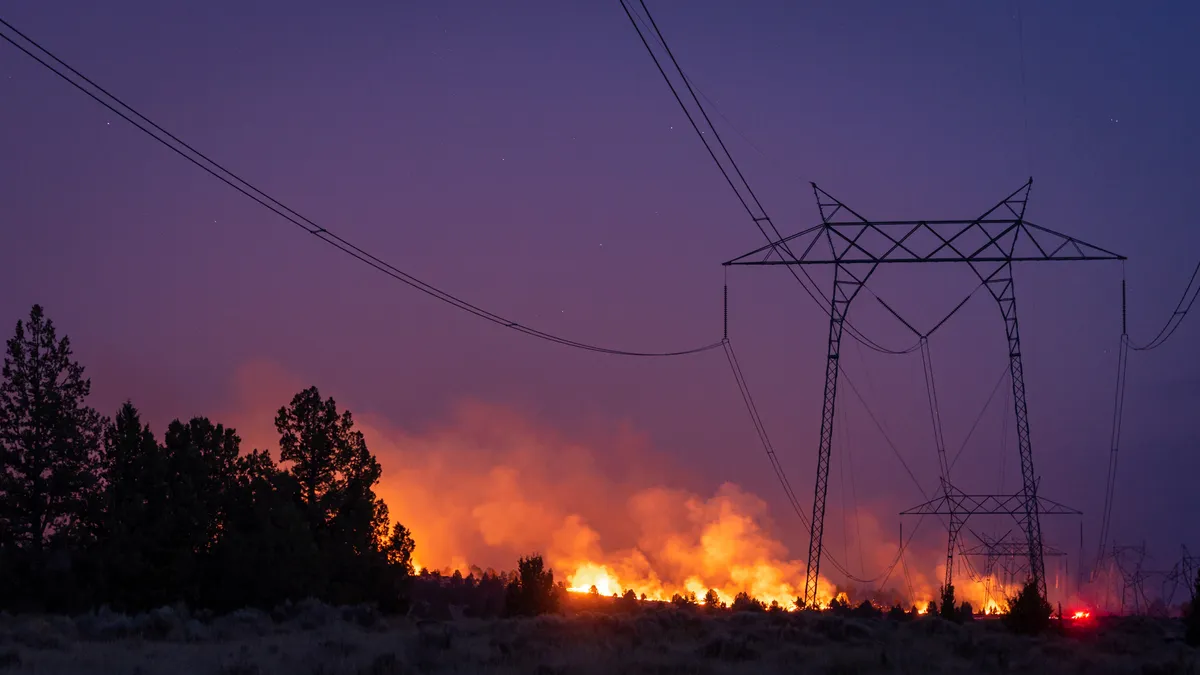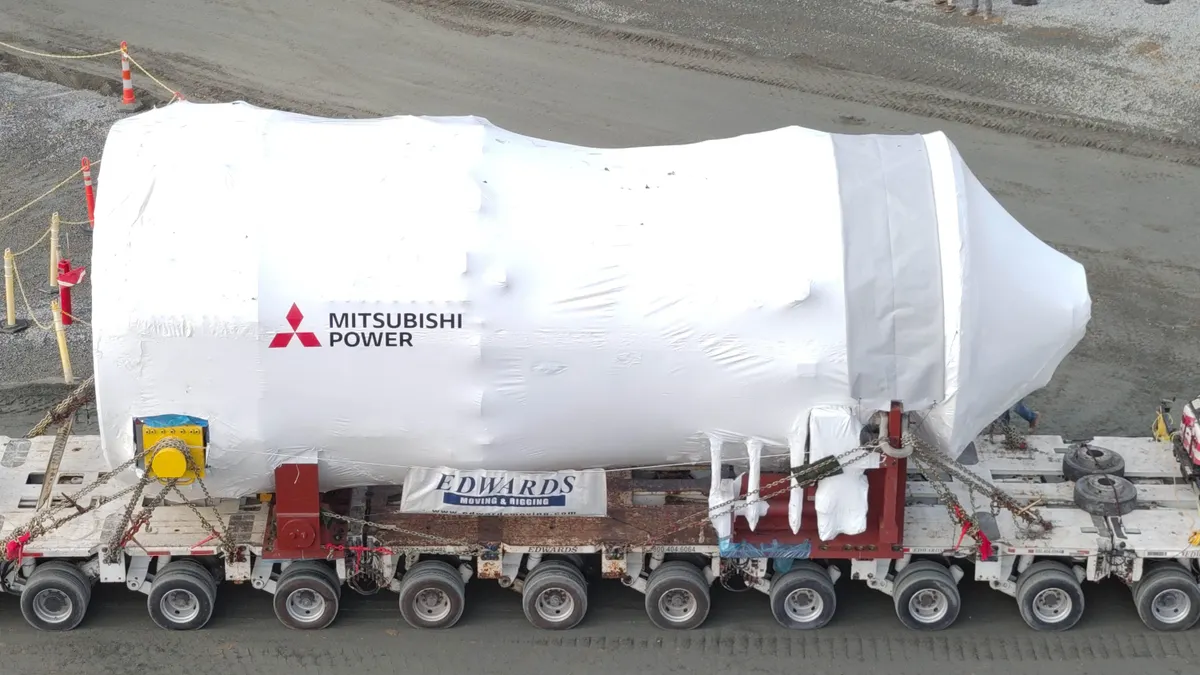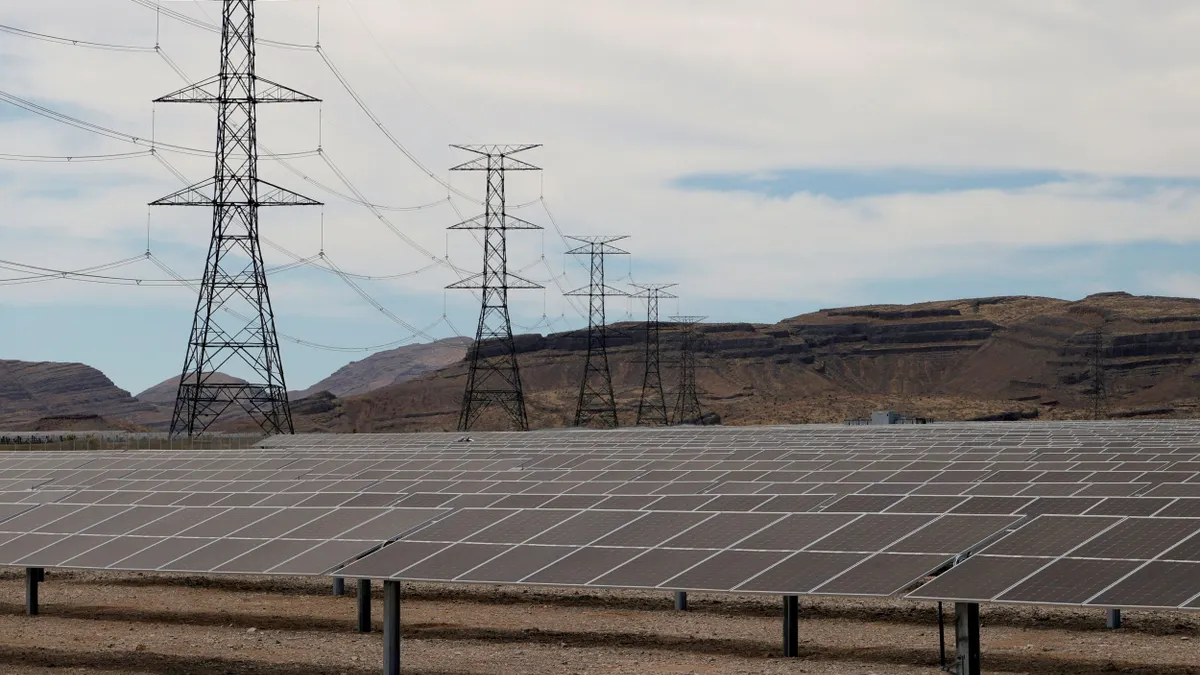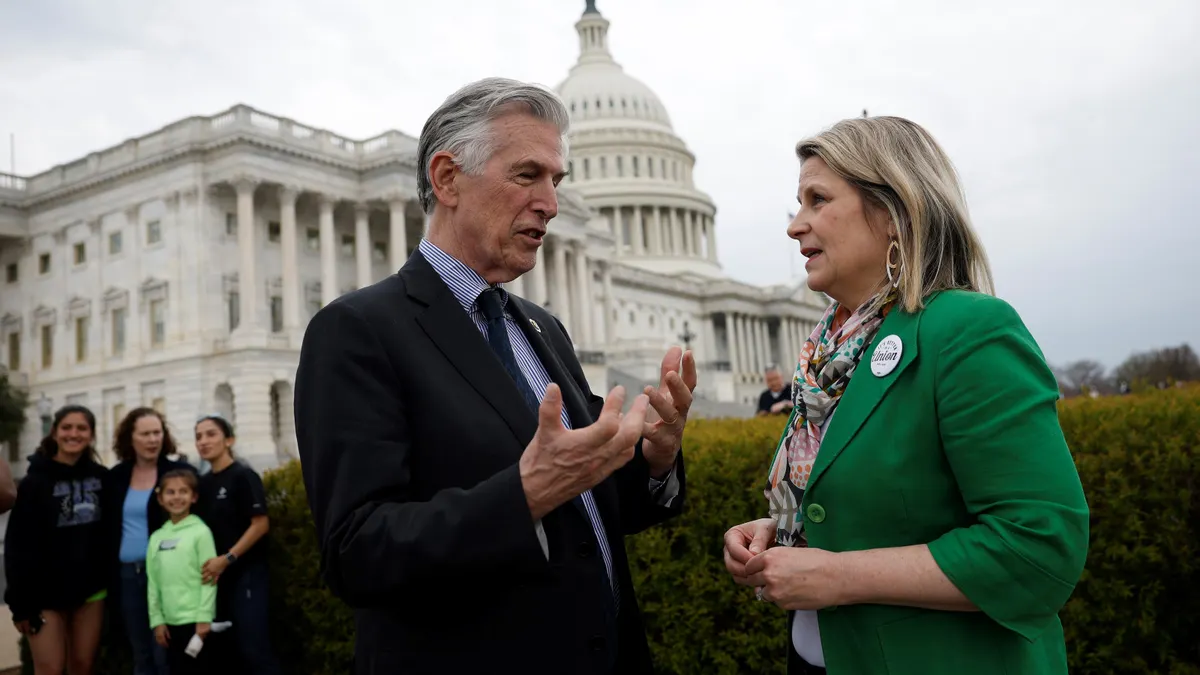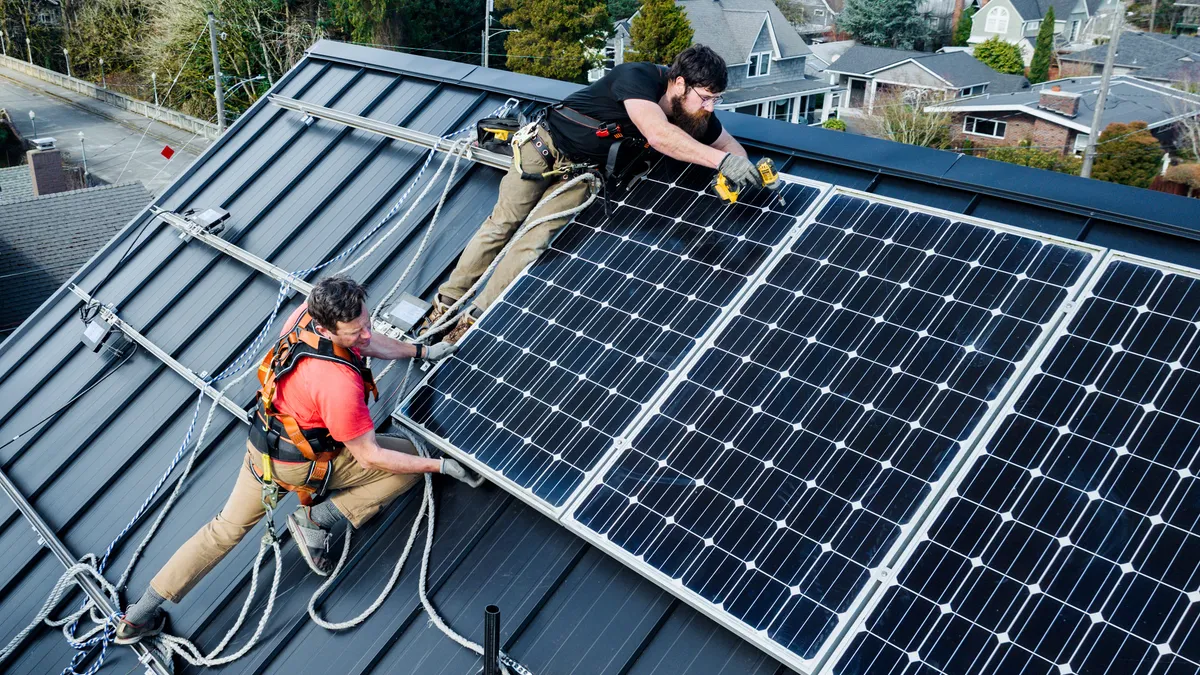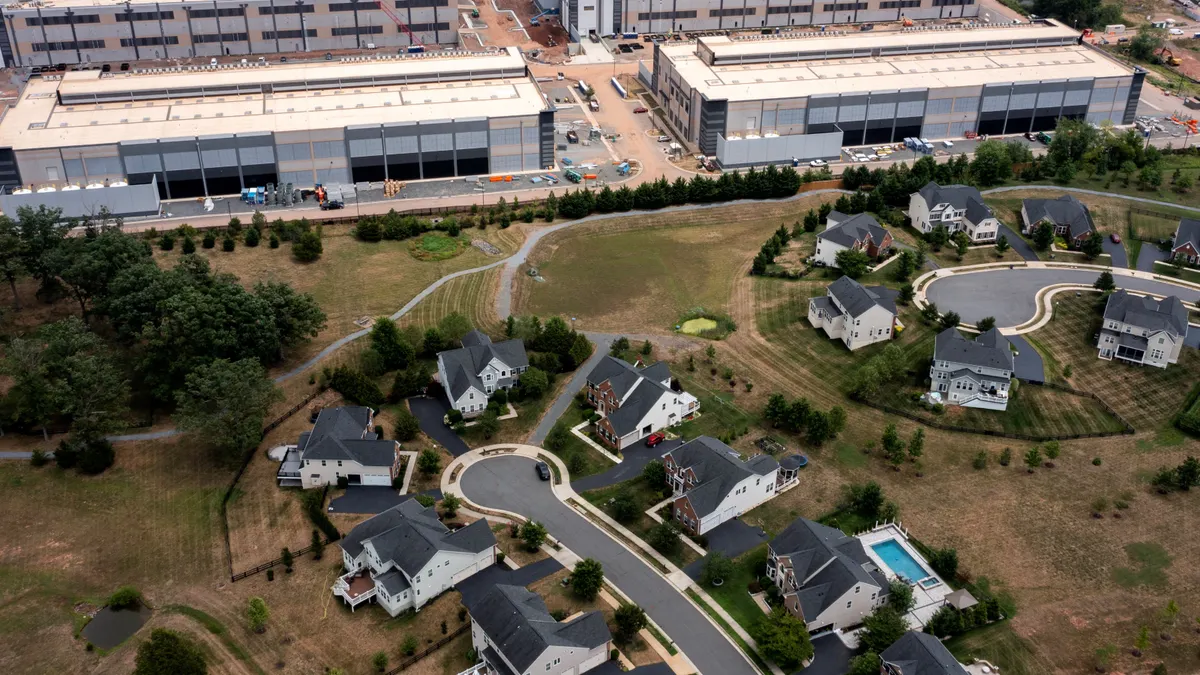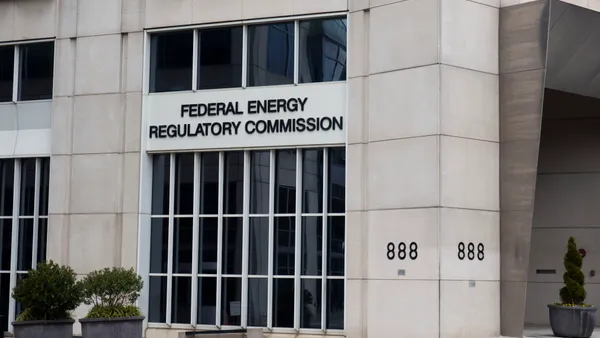2023 marked yet another year of costly wildfires in various parts of the United States. In June, an investigation into the causes of the 2021 Marshall Fire — deemed the most destructive wildfire in Colorado history — had hundreds of litigants lining up to sue Xcel Energy for a dislodged power line that may have ignited part of the fire. Xcel executives disclosed that the company’s potential liability for the fire could exceed the limits of its insurance policies in a July earnings conference call.
Two months later, Hawaiian Electric indicated in an SEC filing that it was “seeking advice from various experts” as part of “prudent scenario planning” to contend with litigation associated with the wildfires that devastated the island of Maui in August. The company has not declared bankruptcy, though it has spoken with restructuring advisors, hired a new CFO with experience in utility bankruptcies, and contributed $75 million to a fund for victims of the fire who are willing to forgo litigation.
It's not unheard of for a utility to declare bankruptcy in the wake of wildfire-related litigation — Pacific Gas & Electric being a prime example. But bankruptcy is not the only consequence of the rising tide of wildfire litigation. Insurance companies, PG&E spokesman Paul Doherty said, are also reconsidering how — and in some cases whether — they will extend liability coverage to utilities in wildfire-prone areas.
“At PG&E, we've experienced a varied response by insurance companies in the commercial markets,” Doherty said in an email. “From some carriers opting to no longer offer wildfire liability policies, to sub-limits of insurance for wildfire-related losses, to higher deductibles and increasing premium costs for policies covering wildfire risk.”
Insurance analysts say the growing risk of severe wildfires due to climate change, and a shifting legal landscape that increasingly holds utilities accountable for the damages caused by these conflagrations, has indeed changed the calculus that goes into a utility's liability insurance policy. But they're split on what that means for the long-term. Some analysts believe that the growing need for wildfire-related liability insurance will spark ingenuity, bringing new insurance products to market.
Others, however, believe the government may need to intervene in order to quite literally keep the lights on in some parts of the U.S.
“I can't say whether there will or won't be insurance, or whether utilities will have problems with coverage,” Finity Consulting Principal Rade Musulin said. “But what I will say is many of the prerequisites for an insurance market that can deliver stable and affordable prices are not met in this space.”
Climate risk, or climate uncertainty?
For insurance to work, Musulin said, actuaries need to be able to do two things. They need to be able to calculate the losses associated with a potential incident, and then they need to calculate the likelihood that the incident will occur. This allows them to estimate what it will cost an insurance company to insure its clients against a given risk — and to estimate a premium that would cover those potential costs.
Most of the time, actuaries incorporate historical data in their estimates of potential risk and losses, Musulin said. And this is the problem insurance companies have with covering modern threats like terrorism, cyberattacks and climate change — historical data isn't representative of today's risk environment.
When it comes to wildfire and climate change, Musulin said the insurance industry is relatively comfortable with its grasp of the scientific issues. They have most of what they need to know about changing incidence of drought and severe winds, and how these issues could contribute to more frequent and more severe wildfires in the future. What isn't known — and what's currently creating the greatest angst for insurers — is how infrastructure designed for the climate conditions of yesteryear will perform under future unprecedented conditions.
“The scientific [evidence] is in reasonably good shape. The question is, what happens when that climate hits something. How likely is it that thing will become damaged?” Musulin said.
And you can't just assume, Musulin said, that if you increase the speed of the wind during a severe storm by 10%, that the damage caused by the storm will increase by a corresponding 10%. Most structures are designed to withstand extreme conditions up to a certain point — and after that point, they fail, he said.
“There might be very little damage up to winds of 100 miles per hour,” he said, “but at 110 the building will fall over.”
Wildfire risk is also impacted by a shifting legal landscape, Musulin said. It's not just that our social expectations surrounding climate, and the responsibility of industry for climate-related disasters like wildfire have shifted, he said. In the past, it was relatively difficult to determine who or what was responsible for starting a wildfire. But it's much easier if there's a camera pointed at a power line. And today, cameras are everywhere.
Add inflation and rising property values into the mix, Musulin said, and you're starting to raise some real questions about whether insurance — or anyone — can absorb the cost of losses that could be associated with wildfires in the years to come.
Insurance innovations
Alp Can, an actuary for USI Insurance Services and chair of the Climate Index Task Force that produces the Actuary's Climate Index, takes a more optimistic view of the future of commercial insurance for utilities. It's not that he intends to downplay the significance of the liability risk posed to utilities by wildfires — it's difficult to understate the potential magnitude of liabilities in the tens of billions of dollars — but Can believes the problem can be managed. What's more, he and other industry observers believe wildfire risk could spur innovation in commercial insurance that could ultimately prove beneficial to utility companies.
Historically, utility insurance policies have focused more on the risks associated with power generation, and less with transmission.
“That will need to change,” Can said, “because the risk of wildfire isn't simply a function of climate change. It's also a function of how utilities have managed their transmission lines.”
This has led actuaries to work with other industry experts to develop models capable of assigning insurance premiums based on factors such as whether a utility has buried its power lines or has programs to keep vegetation from coming into contact with above-ground lines.
“These are going to be taken into consideration, and insurers are going to make use of improvements in catastrophe modeling and location tools such as satellite space monitoring to pinpoint the level of risk involved with individual assets and locations,” Can said.
Insurers are also looking at contractual innovations such as parametric insurance, Can said. Parametric insurance is conditional coverage based on a specific parameter, such as, in the case of a wildfire, the total acreage burned by a single event. With this kind of insurance, the policy would kick in and cover a utility's liabilities in the event that a wildfire reached a certain catastrophic size. Wildfire lends itself well to this kind of coverage because of its binary nature, Can said. An insured property will either remain out of the path of the event, or it will be caught in the wildfire’s sprawl, in which case it will usually burn to the ground, presenting a total loss.
“With these kinds of tools and approaches available, I would say we are equipped to handle this particular risk,” Can said. “Insurers are going to start becoming much more discerning about the potential for billions of dollars of losses, but with all the mitigation efforts taken into consideration, I believe coverage will be viable.”
This all strikes Mike Doyle, a senior equity analyst for Edward Jones who covers Xcel Energy, as rather good news. Insurance costs are going up, and insurance isn't something you love to see a company spending too much money on, Doyle said. But it also creates a financial need for transmission upgrades and grid hardening, and that's going to trigger a need for capital that will open opportunities for investors.
“It's a common theme for utilities that when a problem is identified, they find a solution. And usually that solution is going to cost money,” Doyle said. “And if regulators think it is important to fix that problem, they invest money and earn a return.”
By raising the costs incurred by utilities due to poor grid maintenance, insurers could also help utilities convince regulators — and investors — of the need to perform grid hardening, Musulin said. In the long-term, he believes this will prompt the industry to invest in future-proofing the grid, which will drive down the risk and cost of catastrophic wildfires. Electrification and the growth of renewable energy will require major grid investment in the coming years, providing an opportunity to address wildfire mitigation at the same time, he said.
But that's the long-term view, Musulin said. It will take years to rebuild the grid, and in the meantime, he said, the government may need to step in to literally keep the lights on in some wildfire-prone areas. Because if utilities face massive liabilities in the event of a wildfire and rising insurance premiums, they may decide the most financially prudent solution is to simply shut down the grid when the risk of fire is greatest — a phenomenon that is already sufficiently common that claims against Hawaiian Electric have argued its failure to de-energize the grid makes it responsible for the damages on Maui.
PG&E, similarly, states on its website that it may implement a Public Safety Power Shutoff during conditions such as low humidity, high winds or dry vegetation near power lines.
But this isn’t the only strategy PG&E has adopted to address the rising cost of insurance and the diminished availability of suitable insurance policies. Doherty said PG&E has opted in late 2023 to move to a 100% self-insurance model in pursuit of a more cost-effective solution to wildfire risk — meaning that the company has discontinued third-party insurance and plans to use its own funds to cover future wildfire liabilities.
PG&E also has access to the California Wildfire Fund, which reimburses participating utilities for legal claims that result from a wildfire. The program is funded via an electric bill surcharge and administered by the California Earthquake Authority, a publicly-managed, privately funded insurance company created by the state legislature. PG&E expects that these programs will save customers up to $1.8 billion over the next four years, according to Doherty.
The public-private approach, Doherty said, “has been an innovative solution to protecting utilities and supporting the continued investment in safe, clean, and reliable power for California at a reasonable cost to customers.”
Correction: A previous version of this story erred in its description of Hawaiian Electric's SEC filing language. In response to a question in the document about whether it has retained restructuring advisors, it reported that it's "seeking advice from various experts" as part of "prudent scenario planning."


